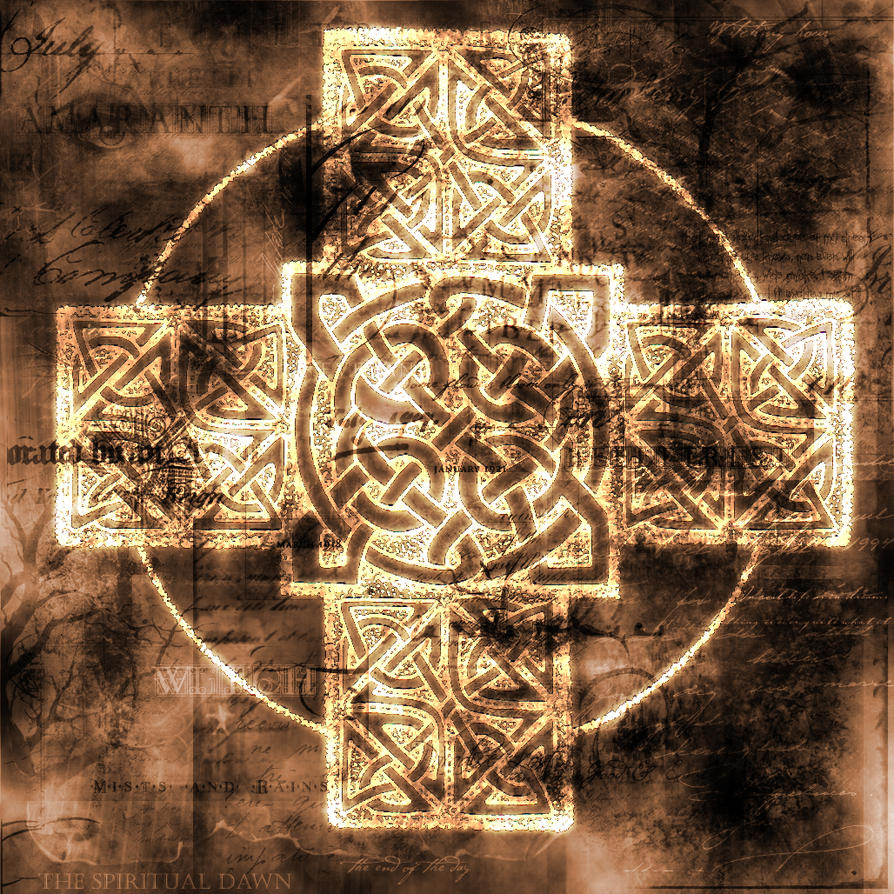Ubicado en la provincia de Pontevedra, el Parque Nacional de las Islas Atlánticas comprende las Islas Cíes, y las islas de Ons, Cortegada y Sálvora, todas ellas en las Rías Baixas gallegas. El parque abarca cuatro grupos de islas rocosas, bordeada de acantilados en la cara oeste, abierta al océano Atlántico, y de espectaculares playas y dunas en la parte este, de cara a las Rías.
Este ecosistema marítimo-terrestre destaca por albergar las mayores colonias españolas de gaviota patiamarilla con 35.000 parejas reproductoras y el cormorán moñudo con más de 1.000 parejas. Los fondos marinos del parque destacan por su gran biodiversidad. A la gran variedad de peces, moluscos y crustáceos, se unen los bosques de algas y la presencia de varias especies de delfines. Desde el punto de vista botánico se han contabilizado 200 tipos de algas y 400 especies vegetales terrestres. Como curiosidad, la isla de Cortegada alberga el mayor bosque de laurel de Europa.
------------------------------------------------------------------
Located in the province of Pontevedra, the National Park of the Atlantic Islands including the Cies Islands and the islands of Ons, Cortegada and Sálvora, all in the Galician Rías Baixas. The park covers four groups of rocky islands, bordered by cliffs on the west side, opened the Atlantic Ocean and spectacular beaches and dunes on the eastern side, facing the Rias.
This marine-terrestrial ecosystem known for hosting the largest Spanish colonies of yellow-legged gull with 35,000 breeding pairs and the shag with more than 1,000 couples. The seabed of the park known for its rich biodiversity. A great variety of fish, shellfish, join the kelp forests and the presence of several species of dolphins. From the botanical point of view have been counted 200 kinds of algae and 400 terrestrial plant species. As a curiosity, the island hosts the largest Cortegada laurel forest in Europe.











